New Zealand 1968 Olympic Games Mexico Mint never hinged
The 1968 Summer Olympics, officially known as the Games of the XIX Olympiad, were held in Mexico City, Mexico, from October 12 to October 27, 1968. Here are some key aspects of the 1968 Olympic Games in Mexico:
- Location: The 1968 Olympics marked the first time that the Games were held in Latin America. Mexico City was chosen as the host city, becoming the first Spanish-speaking city to host the Summer Olympics.
- Iconic Venue: The main stadium for the 1968 Olympics was the Estadio Olímpico Universitario (University Olympic Stadium), located within the campus of the National Autonomous University of Mexico (UNAM). The stadium’s design, featuring a distinctive concrete shell structure, became one of the iconic symbols of the Games.
- Altitude: Mexico City’s high altitude (2,240 meters or 7,350 feet above sea level) posed a challenge for athletes, as the thin air affected their performance. Many records were broken during the Games, attributed in part to the reduced air resistance at higher altitudes.
- Tommie Smith and John Carlos: One of the most iconic moments of the 1968 Olympics occurred during the medal ceremony for the men’s 200-meter sprint. American athletes Tommie Smith (gold) and John Carlos (bronze) raised their fists in a “black power” salute while standing on the podium, in protest against racial discrimination and injustice in the United States. Their gesture sparked controversy but also drew attention to civil rights issues around the world.
- Bob Beamon’s Long Jump: American athlete Bob Beamon set a world record in the men’s long jump event that stood for nearly 23 years. Beamon’s jump of 8.90 meters (29 feet 2½ inches) was a remarkable feat and remains one of the most iconic moments in Olympic history.
- Participation: The 1968 Olympics featured athletes from 112 countries, making it one of the largest and most diverse Games up to that point.
Overall, the 1968 Olympics in Mexico City left a lasting legacy, not only for its athletic achievements but also for its cultural and political significance, particularly in relation to issues of race, civil rights, and the global struggle for equality and justice.

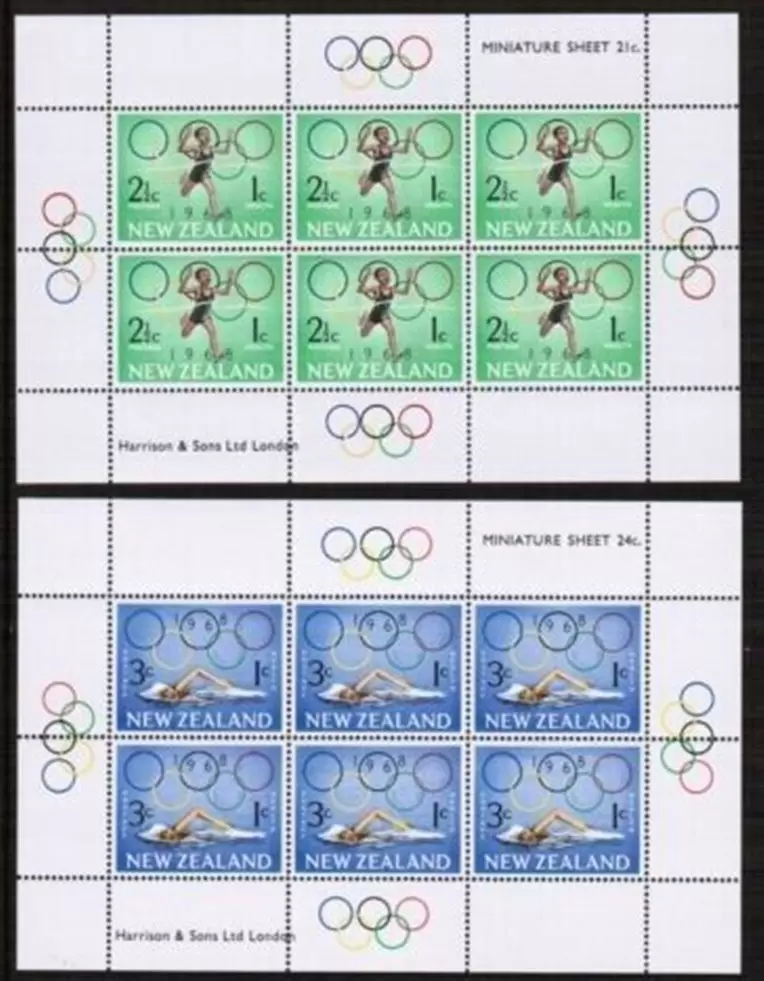
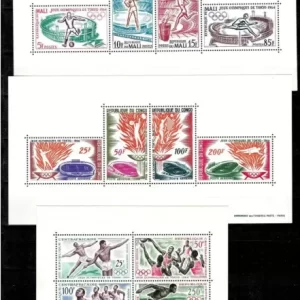
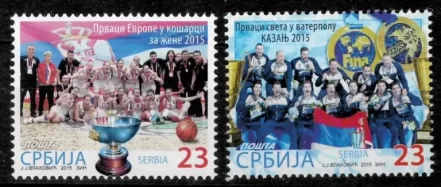

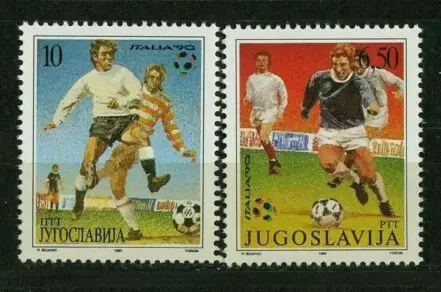
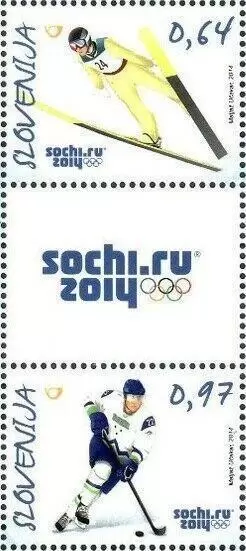
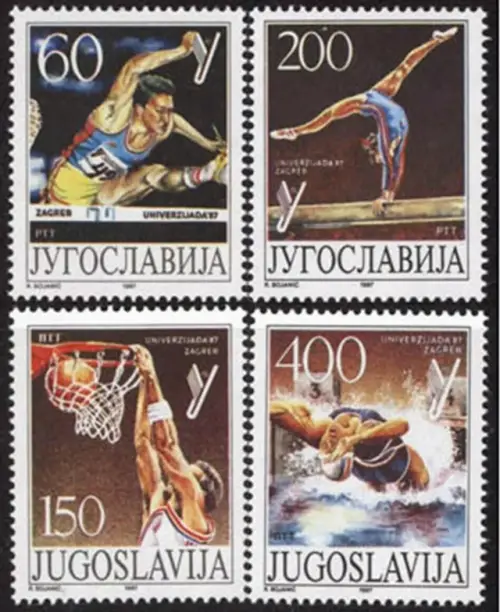
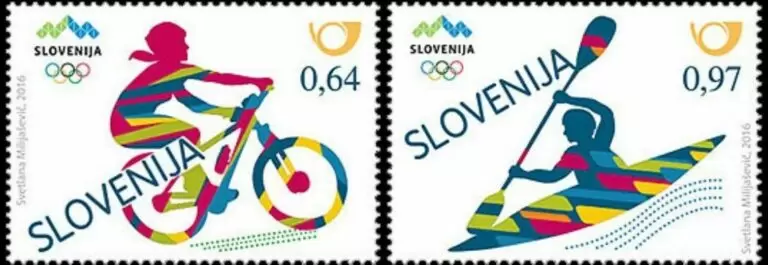


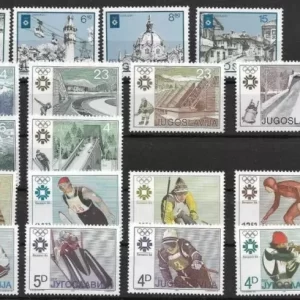
Reviews
There are no reviews yet.